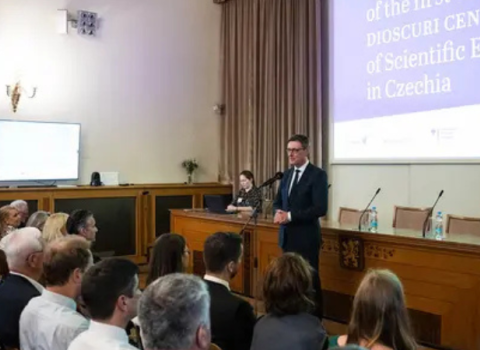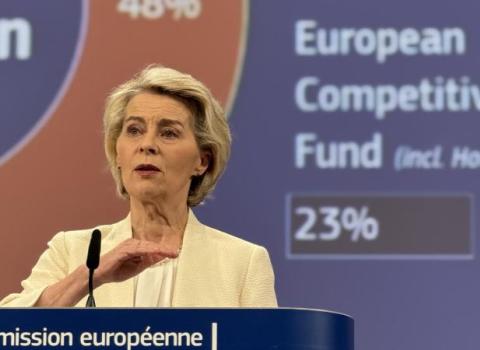
This is the first time the Court of Justice (formerly the European Court of Justice) has been able to consider the scope of the protection of biotech inventions, particularly DNA sequence patents, in the ten years since the EU Biotechnology Directive came into force. In a rare move intended to give extra weight to this judgment, the Court sat as a nine judge Grand Chamber.
Related article
According to the intellectual property lawyer, Jonathan Radcliffe Partner at the UK law firm Nabarro, the Court of Justice has given a narrow interpretation to the Biotechnology Directive. “It roundly rejected Monsanto's argument that it should be entitled to the broadest possible protection to its Roundup Ready patent, that is to its DNA sequence as such.”
Instead, the court says that the protection given to DNA sequence patents should be ‘purpose-bound’. In other words, no protection should be given to patented DNA sequences in areas where they are not performing the specific function for which they were patented. In the case of Monsanto’s Roundup Ready soya, the function of the introduced DNA is to protect the plant against the effects of a herbicide, allowing the chemical to be applied to weeds, without affecting the crop plant.
Radcliffe says this severely curtails the protection of DNA sequence patents. It means that no derivative or processed products will be protected if they fall outside the scope of what the patent expressly states the function of the DNA sequence to be. “The result of this judgment is that DNA patents will not be given a disproportionate and overly wide level of protection. Patent owners will not be able to lay claim over an unspecified number of derivative products coming under their control,” Radcliffe says.
“Patent owners must now pay close attention in future patent applications to how they specify the function of their DNA sequences,” he adds.
The case arises from Monsanto’s attempt to prevent Argentinean soy meal, containing the DNA sequence protected by the Monsanto’s Roundup Ready soybeans patent, being imported into the EU. This DNA sequence makes soybean plants resistant to the Roundup Ready herbicide, allowing farmers to use high levels of herbicide to produce greater yields.
The Court was asked whether Monsanto's Roundup Ready DNA sequence should be protected even though the DNA sequence was not performing its patented function at the time of the alleged infringement in importing the soy meal. It should be noted that even in processed soy meal the DNA sequence is capable of performing that function again, since the meal can potentially be used to generate plants.
The Court held that the function of Monsanto's DNA sequence is to protect the soya plant against the effect of a herbicide which can kill the plant. Importantly, the DNA sequence cannot perform this function if the genetic information can be found only in a residual state in the soy meal, as this is a dead material obtained after the soy has undergone several treatment processes.
Monsanto attempted to argue for a broader meaning of “function” in that its DNA sequence in the soy meal had previously performed this function in plants, and could potentially be used to create such plants again. This was roundly dismissed. The Court held that such an argument would emasculate the Directive, since one or other of those situations could, in principle, always be present.
This means the Directive must now be interpreted as saying that patent protection will only be given to DNA sequences where the sequence is currently expressing its function.
Furthermore, says Radcliffe, DNA sequences will only be protected where they perform the function for which they were patented, “That is the protection conferred on DNA sequences is a ‘purpose-bound’ protection.” Monsanto’s patent was not infringed because its DNA sequence was not performing its function when it is incorporated in a dead material such as soy meal.





 A unique international forum for public research organisations and companies to connect their external engagement with strategic interests around their R&D system.
A unique international forum for public research organisations and companies to connect their external engagement with strategic interests around their R&D system.